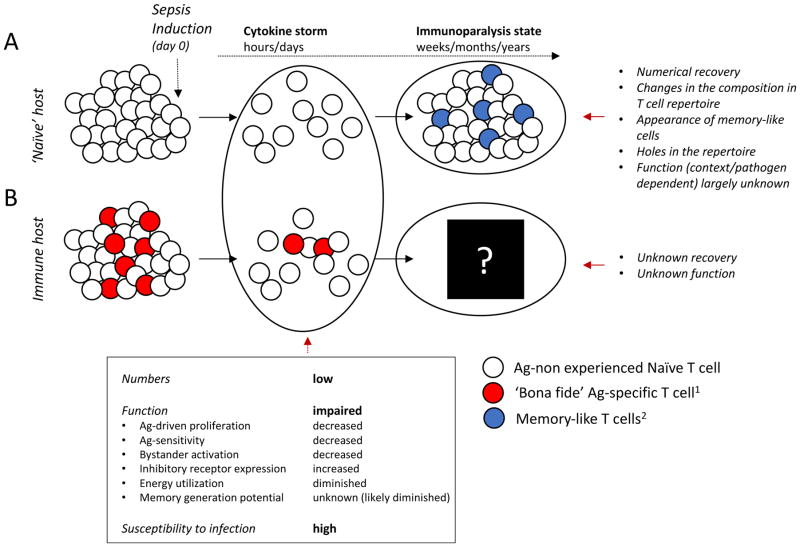Figure 2. Sepsis-induced changes in naïve and memory T cells.
Sepsis induces rapid and vigorous apoptosis of A) naïve (Ag-non experienced CD11alow/CD8αhigh CD8 or CD11alow/CD49dlow CD4 T cells) T cells creating a lymphopenic environment supporting homeostatic proliferation (HP) of T cells that survive early ‘cytokine storm’ phase of sepsis. As a consequence of HP and in response to microbes that evoke sepsis, numerical recovery of T cell compartment is accompanied by phenotypic/functional changes (memory-like T cells) on a sizeable fraction of T cells. Sepsis can induce ‘holes’ in the T cell repertoire further contributing to overall changes in the composition of T cell pools, making their subsequent T cell responses to newly encountered pathogens potentially impaired. Similarly, B) pre-existing memory T cells (here, we are considering circulatory memory CD8 T cells) are also susceptible to sepsis-induced apoptosis leaving the host susceptible to pathogen re-encounter. The extent to which ‘bona fide’ memory T cell responses recover numerically and/or functionally is currently unknown but critical for our understanding of the sepsis-induced long-lasting immunoparalysis state. Of note, naïve and pre-existing memory T cell responses were modeled separately in A and B for clarity; however, the T cell compartment in any host experiencing sepsis will have both populations of CD4 and CD8 T cells simultaneously present.
1Memory T cell responses of defined Ag-specificity generated after primary infection and/or vaccination that exist prior to septic insult;
2Memory-like cells (defined as CD11ahigh/CD8αlow CD8 or CD11ahigh/CD49dhigh CD4 T cells) are those which acquire memory characteristics as a result of the septic event and potentially include both Ag-independent (HP) and Ag-dependent (pathogens that induce sepsis) T cell responses.

